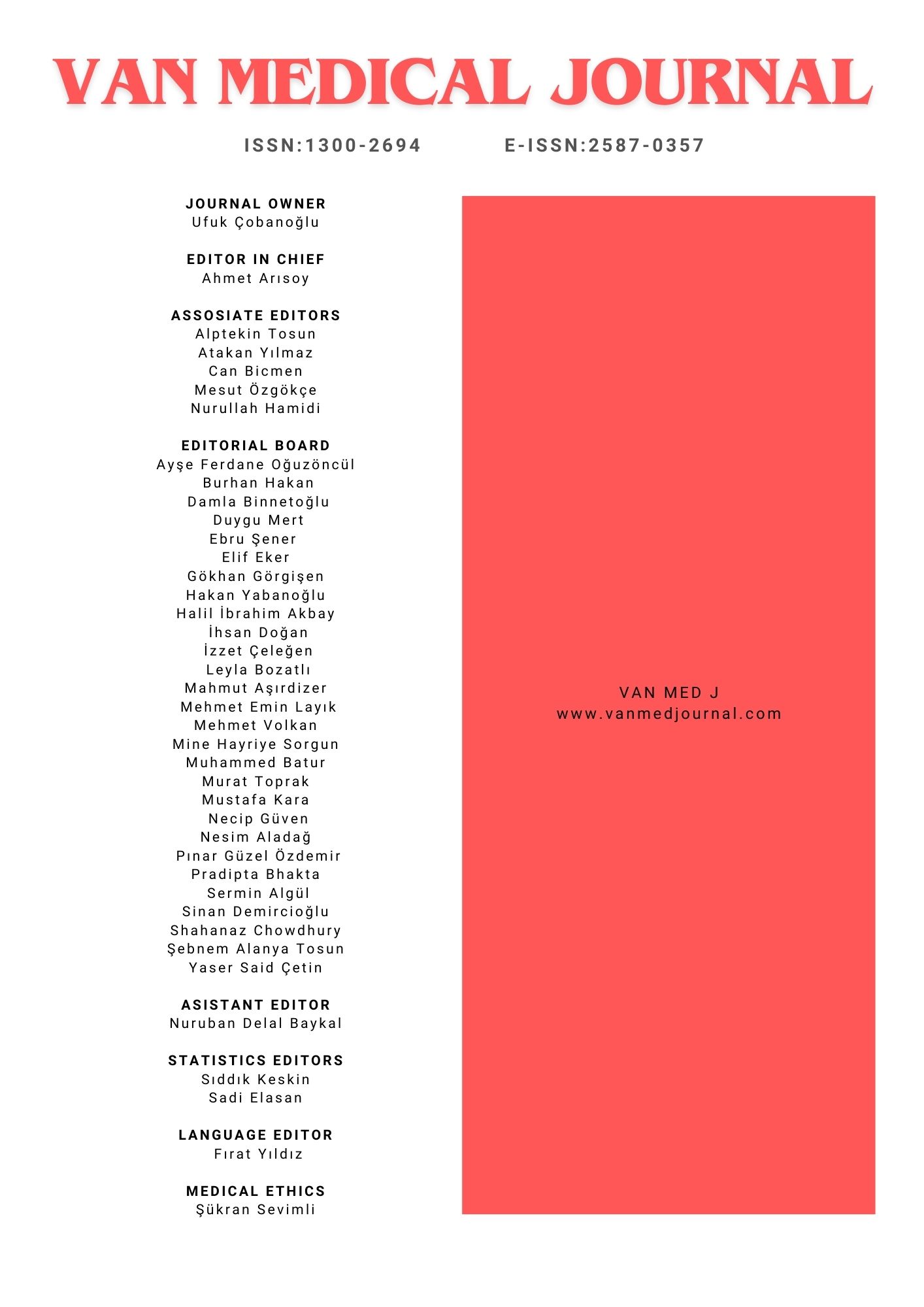Comparative Analysis of Robot-Assisted versus Traditional Laparoscopic Retroperitoneal Partial Nephrectomy
Sahin Kilic1, Enis Mert Yorulmaz2, Çağatay Özsoy3, Murat Sambel1, Yigit Akın2, Mutlu Ateş11Department of Urology, University of Health Sciences, Antalya Training and Research Hospital, Antalya, Turkey2Department of Urology, Katip Celebi University, Izmir, Turkey
3Department of Urology, Adnan Menderes University, Aydin, Turkey
INTRODUCTION: This study aimed to assess the effectiveness of laparoscopic retroperitoneal partial nephrectomy (LRPN) and robot-assisted retroperitoneal partial nephrectomy (RRPN) in managing renal tumors, with a focus on perioperative efficiency, oncological safety, and preservation of renal function.
METHODS: The cohort comprised 80 patients who underwent partial nephrectomy (PN), (centre A-LRPN =26, centre B-RRPN=54), excluding those with prior renal surgeries or conditions complicating renal function. Perioperative, postoperative, oncologic, and renal functional data were compared between the two surgical techniques. Tumor complexity was evaluated using the RENAL scoring system and surgical success was assessed using the margin, ischemia, and complication (MIC) scoring system.
RESULTS: The median tumor size (4 vs. 2.5 cm) and RENAL scores (6 vs. 4) were significantly higher in the RRPN group (p<0.05). Trocar placement and operation times were significantly lower in the LRPN group (p<0.05). In terms of mean estimated blood loss, postoperative renal function, and reduction in hemoglobin levels, no significant differences were observed between the groups. The oncological outcomes were comparable between the groups, with no significant differences observed in positive surgical margin rates.
DISCUSSION AND CONCLUSION: In minimally invasive partial nephrectomy, both robotic and laparoscopic approaches have their advantages. LRPN is a feasible method in less complicated tumors with its shorter trocar placement time and shorter operation time. Although RRPN can be applied in larger and more complex tumors, its oncological and functional results are similar to LRPN. This suggests that while the robotic approach is potentially more suitable for complex cases, it does not compromise patient safety or effectiveness.
Keywords: laparoscopic, nephrectomy, partial, retroperitoneal, robotic
Manuscript Language: English

